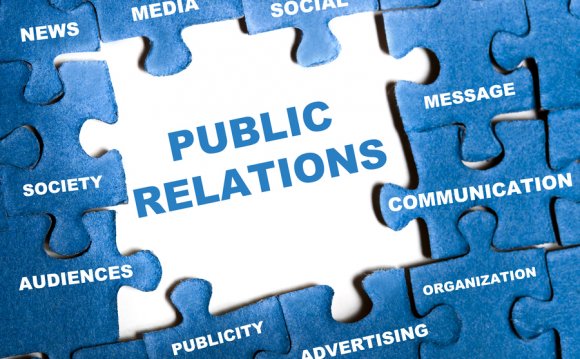
Updated Summer 2011 as a supplement to Professor Ron Smith's textbooks,
and (Routledge/Taylor and Francis)
Here is an overview of the four-phase, nine-step planning process presented in the textbook The steps are equally applicable to campaign planning in public relations, advertising, and integrated communication.
The process of these steps is deliberate, and they must be taken in sequence. After identifying a problem, our tendency too often is to skip ahead to seeking solutions, leaping over research and analysis. This can result in unwarranted assumptions that later prove to be costly, counterproductive and embarrassing. Careful planning leads to programs that are proactive and preventative, rather than to activities that are merely reactive and remedial. At the same time, the steps in this process are flexible enough to allow for constant monitoring, testing and adjusting as needed.
Ask experienced communication managers, and you may find that they don't necessarily articulate their planning specifically along the lines of these nine steps. But talk with them about their work, and you are likely to find that they go through a process pretty much like the one being presented here, whether they identify "steps" or not.
A few practitioners may admit (somewhat guiltily) that they don't do much planning. If they are being honest, they'll tell you they know they've been lucky so far with their hunches. Perhaps they don't do formal planning because they don't have the time or because the environment is so unstable that all they can do is react. Some practitioners may tell you their bosses and clients want action rather than planning (though such shortsighted bosses and clients usually don't remain in business very long). If you could observe how professionals work, however, you'd probably find that effective communication managers do plan. The good ones have learned how to build the research and planning components into their work and "sell" it to their clients and bosses.
Strategic Planning for Public Relations & Integrated Communication
Phase One: Formative Research
· Step 1: Analyzing the Situation
· Step 2: Analyzing the Organization
· Step 3: Analyzing the Publics
Phase Two: Strategy
· Step 4: Establishing Goals and Objectives
· Step 5: Formulating Action and Response Strategies
· Step 6: Designing Effective Communication
Phase Three: Tactics
· Step 7: Selecting Communication Tactics
· Step 8: Implementing the Strategic Plan
Phase Four: Evaluative Research
· Step 9: Evaluating the Strategic Plan
Formative Research
During the first phase of the nine steps, Formative Research, the focus is on the preliminary work of communication planning, which is the need to gather information and analyze the situation. In three steps, the planner draws on existing information available to the organization and, at the same time, creates a research program for gaining additional information needed to drive the decisions that will come later in the planning process.














